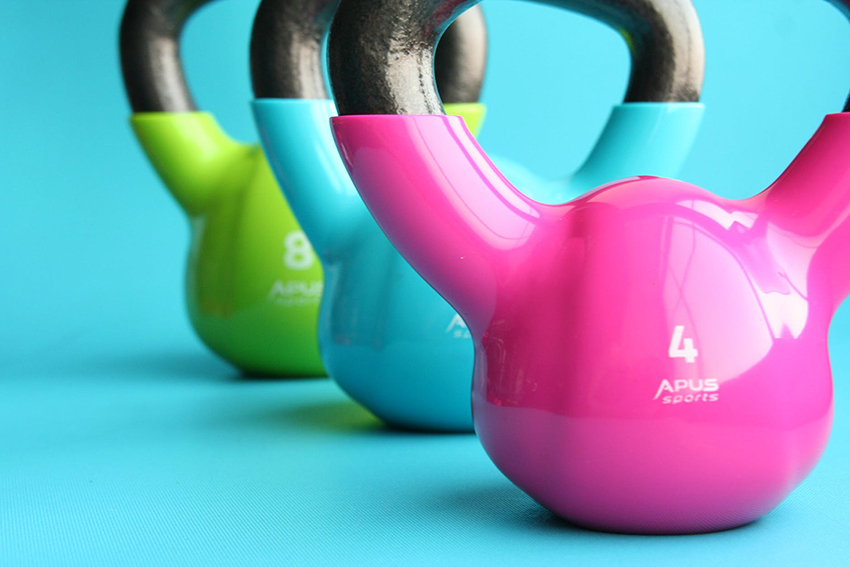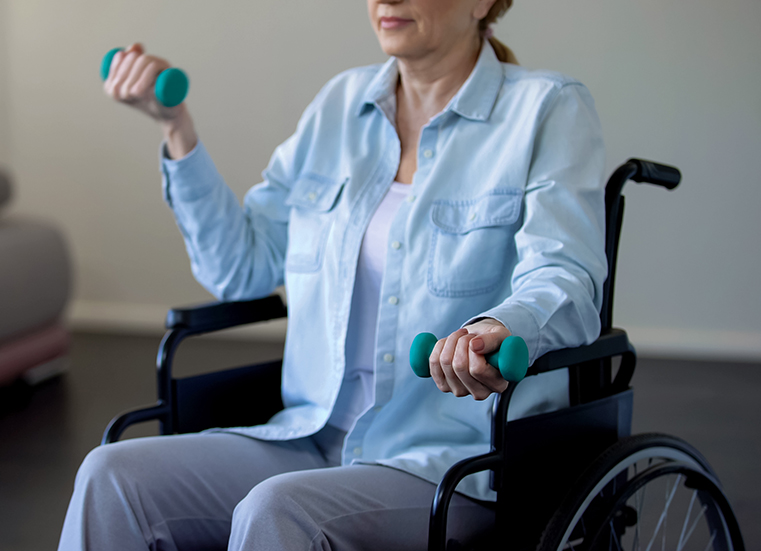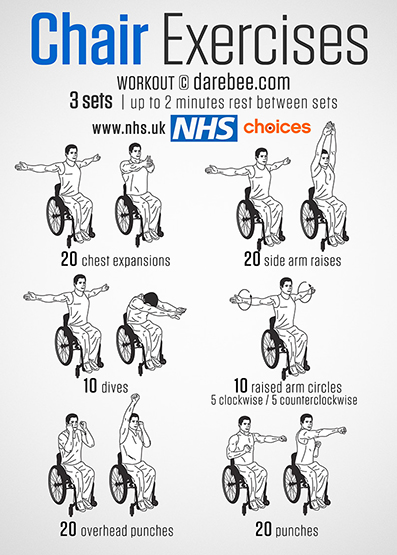How to Exercise if You Have Limited Mobility

If you follow us on Facebook, you'll know that we're always posting home workouts and general fitness tips. We also understand that staying fit with limited mobility isn't as easy as it sounds.So, we've put together this article highlighting some of the reasons to keep fit and that it isn’t always necessary to have full mobility to experience the health benefits of exercise.
Why is Exercise so Important?
The thought of doing exercise often turns people off, but it’s not very often you hear someone say, “I wish I never did that” after doing some form of exercise.
Why? It’s because when you exercise the body releases endorphins. This release puts you in a better mood, helps to relieve stress, and just provide a better sense of general wellbeing. Many people have the misconception that doing exercise will make them more lethargic when in most cases it provides more energy for the day ahead.
In the UK, we are in the midst of a “physical inactivity crisis” with evidence (from UK Active) showing that the average adult spends more time on the toilet every week than exercising and eight times longer watching TV. In fact, the UK is currently ranked 123rd out of 168 countries for physical inactivity.
Keeping Fit for Wheelchair Users
 If you’re a wheelchair user, regularly keeping active will bring important health benefits. Many people feel uncomfortable at the gym but there are other places you can exercise like your home, local park, or social club.
If you’re a wheelchair user, regularly keeping active will bring important health benefits. Many people feel uncomfortable at the gym but there are other places you can exercise like your home, local park, or social club.
It states on the NHS website that for general health all adults between 19 to 64 are advised to do:
- At least 150 minutes of aerobic activity per week, plus
- strength exercises on 2 or more days per week
There are plenty of chair-bound exercises to try which are ideal for those who have injuries to the lower body, more permanent disabilities, weight problems, or seniors who want to prevent a risk of falling. This type of exercise is an excellent way to prevent body sores, improve posture, and reduce back pain.
Below are just a few options for cardiovascular exercise in a wheelchair:
Staying Fit in Older Age

It has been suggested that taking up exercise after retirement can help you live longer but it’s important to stay within your capabilities and to increase activity as fitness improves. In fact, it is recommended that it is safe for those over 65 years old to exercise, even if they have heart disease, high blood pressure, diabetes, or arthritis. It is always wise to speak to your doctor or exercise professional if you have any underlining medical condition just to be safe.
Here are just a few activities suggested by Age UK:
- Swimming takes the weight and pressure off your joints. You can do the traditional lengths in the pool or take part in a more social activity like water aerobics.
- Walking can strengthen your muscles, reduce blood pressure, and maintain a healthy weight to name a few. It’s easy to fit into everyday life (a walk to the shops) for instance and you can go at your own pace.
- Seated Exercise is extremely popular (like the one above) and involves gentle exercises to improve balance and posture.
- Pilates and yoga are both great for core body strength which is achieved through stretching and slow movements. It can be done sitting on the floor or standing up.
When exercising it’s always a good idea to have a mix of cardiovascular, strength, and stretching in your routine. It's also important not to push yourself too hard, especially if you’re just starting out. Finding something you enjoy (it might be wheelchair tennis for example) gives you a better chance of sticking at it, plus you’ll meet new people in the process.
Are you a fitness fanatic? Perhaps you've just started out on your fitness journey. Whatever stage you're at, let us know about your routine and the type of exercise you love.
★★★★★
1 year ago
Another great example of a good quality micro-scooter shop. They even lease them. I am very tempted.
Richard P.
- A Brief History of the Wheelchair
- Accessible Walks for Everyone to Enjoy in Hampshire
- Bags & Covers | Stylish Accessories | Mobility Scooters & Wheelchairs
- Electric powered wheelchairs (Powerchairs)
- Exploring the world of Wheelchair Tennis?
- Finding the correct wheelchair
- Frequently Asked Questions (FAQ) about Wheelchairs
- How the 2025 Autumn Budget Could Shape Everyday Life for Mobility Equipment Users
- Karma Wheelchairs | Transit or Self Propelled
- Ramps and Steps | Accessibility
- Understanding the Journey of Mobility Aids
- Wheelchair Accessories
- Wheelchair Exercises and Tips to Stay Active and Social


